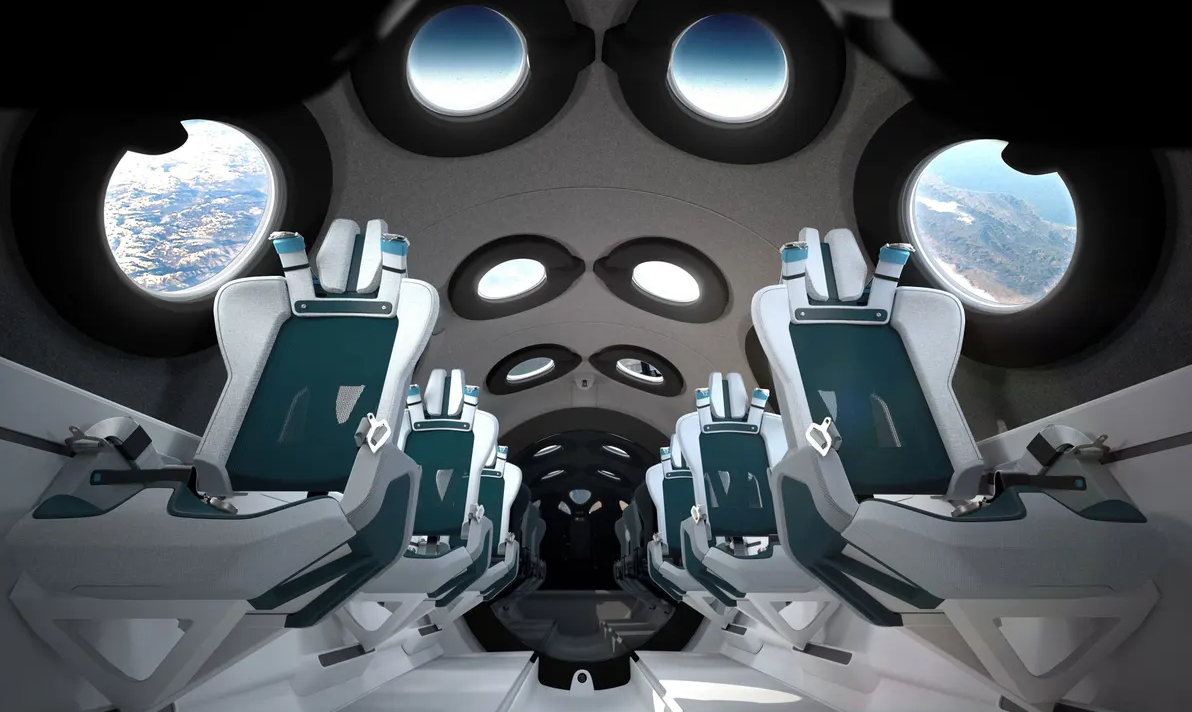
Inside the Virgin Galactic plane
A new study suggests that a flight from Sydney to London could take just two hours by 2033. To do this, passengers would board suborbital flights, which briefly enter space before descending to their destination. The flight currently takes about 22 hours, according to The Times .
Suborbital flight is suitable for most
The UK Civil Aviation Authority (CAA) has teamed up with the Royal Air Force and King's College London to carry out a medical study to determine whether suborbital flight is suitable for passengers.
In the study, 24 healthy subjects were exposed to the conditions that occur during the launch and landing of a suborbital flight. Accordingly, 1G is the force of gravity of the Earth.
During acceleration, G-forces can increase to four times the Earth's gravity, lasting from 20 to 30 seconds.
G-forces peak at 6G during the landing phase, which lasts 10 to 15 seconds, meaning that during that period, the passenger's body is subjected to pressures six times greater than the Earth's gravity.
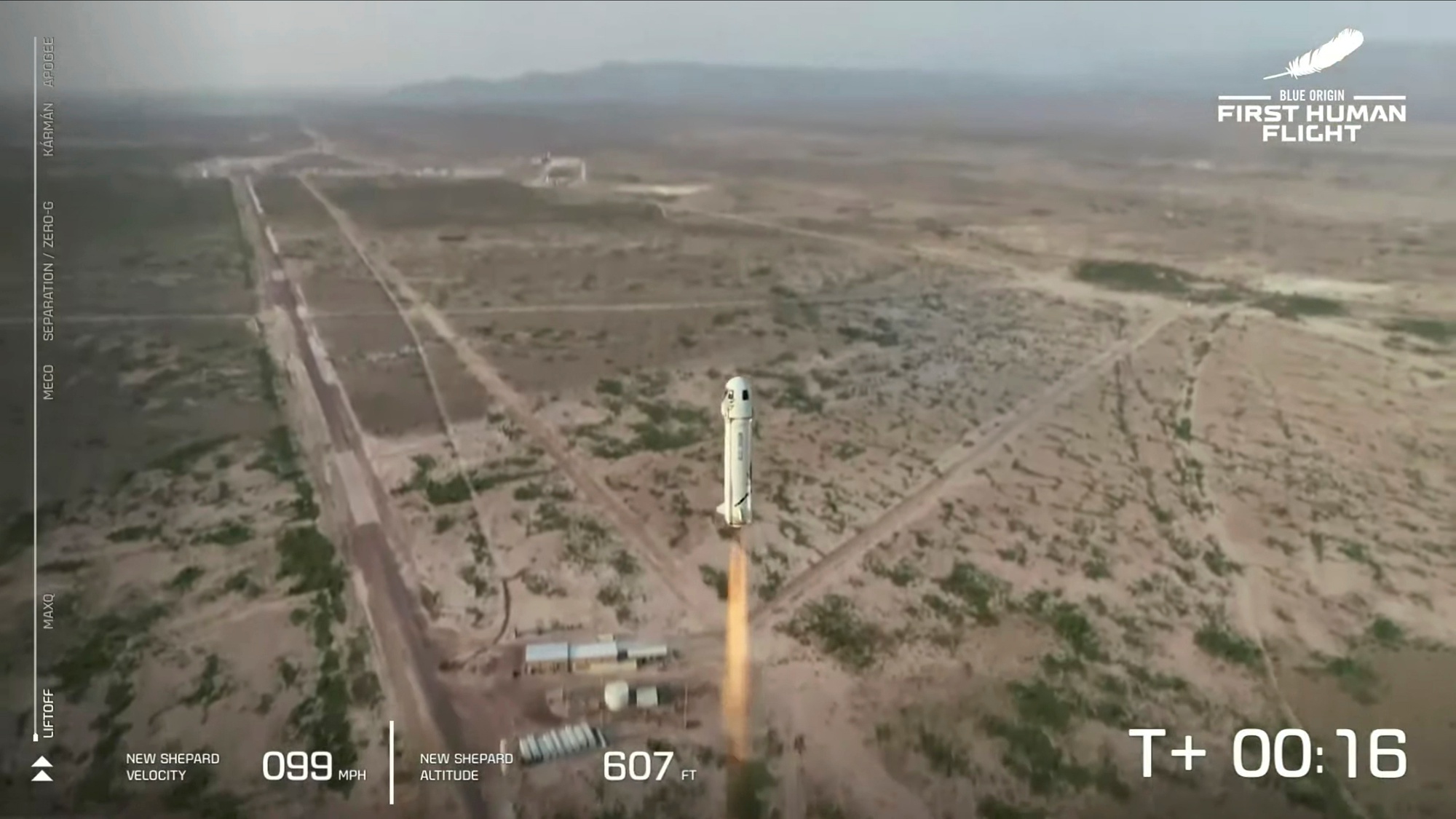
Blue Origin's New Shepard spacecraft on its first successful launch on July 20, 2021
Pressures like these can cause a number of effects on the human body, including chest tightness, shortness of breath, and vision loss. In the study, one person fainted briefly, but there were no long-term effects.
According to a report published in the journal Aerospace Medicine and Human Performance , the team of experts concluded that "most passengers are likely to have relatively mild psychophysiological reactions" during suborbital flights.
This means that humans can make the above flights without necessarily meeting conditions such as being young, in super-fit shape, or undergoing high-intensity training for many years.
However, Dr Ryan Anderton, who leads the CAA's team of medical experts, also warned that not everyone is safe on suborbital flights, such as those with certain medical conditions.
“What we are trying to do is work out which cases to be alert to and how to do screening,” Dr Anderton was quoted as saying by The Times .
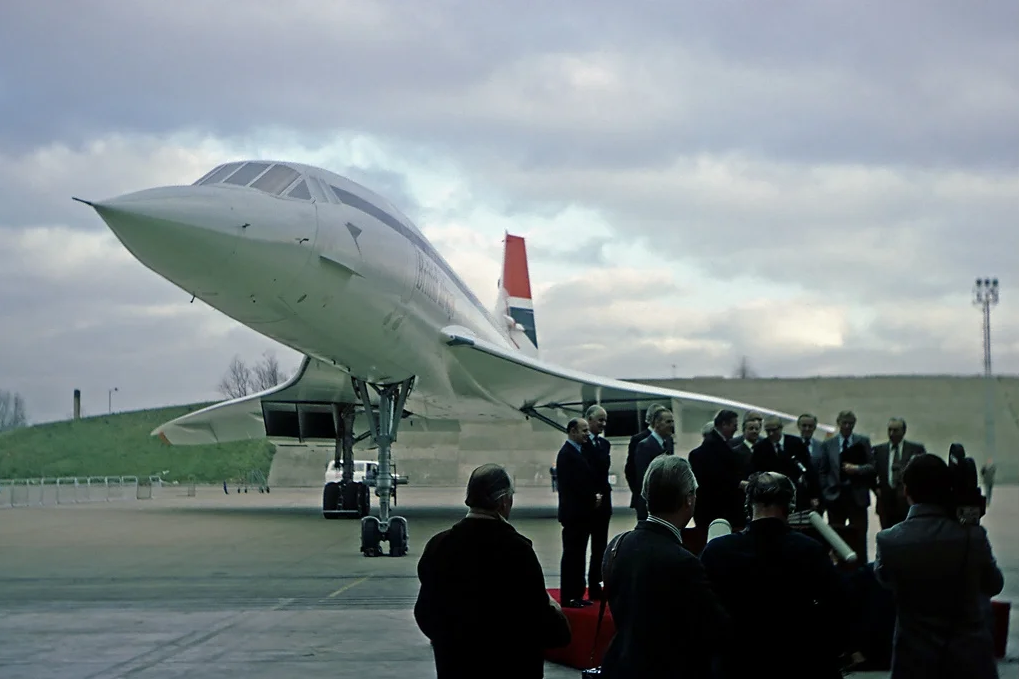
British Airways Concorde
The future of hypersonic travel
To date, a British Airways Concorde flight still holds the record for the fastest journey between Sydney and London, taking 17 hours, 3 minutes and 45 seconds in 1985. At that time, the flight stopped in Bahrain, Colombo (Sri Lanka) and Perth (Australia) for refueling.
Qantas' current flight route takes about 22 hours, with a stopover. By 2025, Qantas plans to open a direct flight that will take 19 hours. This plan is called "Sunrise" because it will allow passengers to catch the sunrise in two locations.
Suborbital flights now sell for more than $650,000, offered by British billionaire Sir Richard's Virgin Galactic and billionaire Jeff Bezos' Blue Origin.
The CAA estimates that a London to Sydney journey could cost around $350,000 per ticket when it first opens, but will fall in price over time and as more people use the service.
Source link


![[Photo] General Secretary To Lam receives Vice President of Luxshare-ICT Group (China)](https://vphoto.vietnam.vn/thumb/1200x675/vietnam/resource/IMAGE/2025/11/15/1763211137119_a1-bnd-7809-8939-jpg.webp)
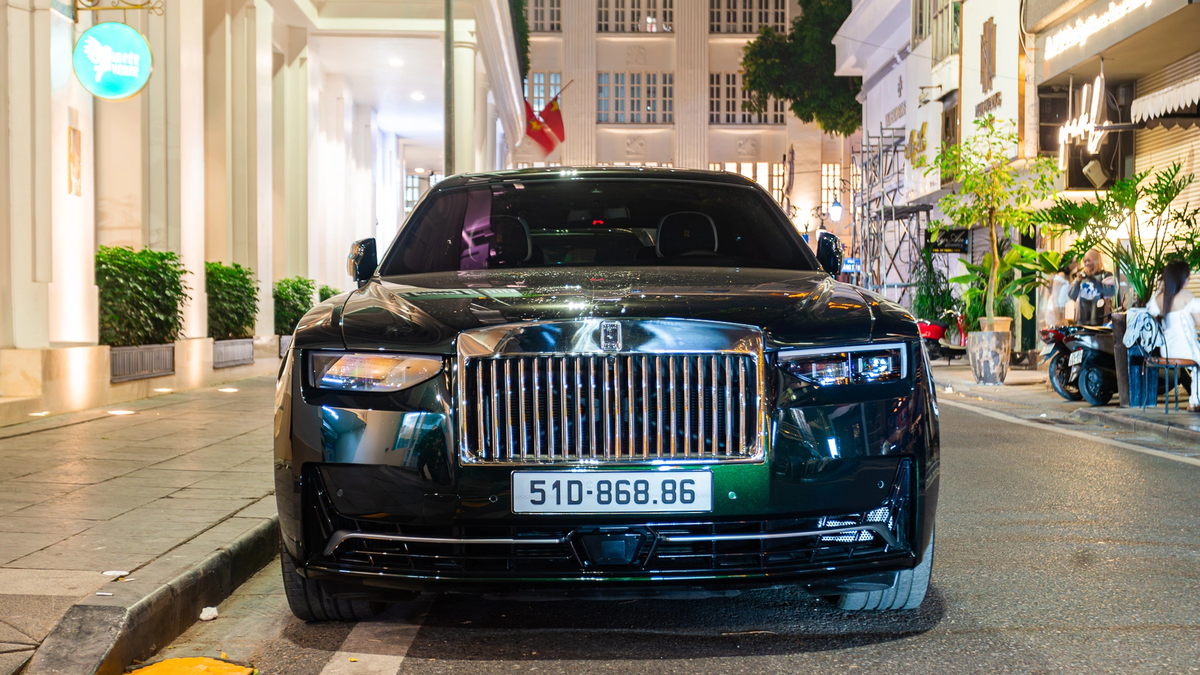



![[Photo] Prime Minister Pham Minh Chinh meets with representatives of outstanding teachers](https://vphoto.vietnam.vn/thumb/1200x675/vietnam/resource/IMAGE/2025/11/15/1763215934276_dsc-0578-jpg.webp)
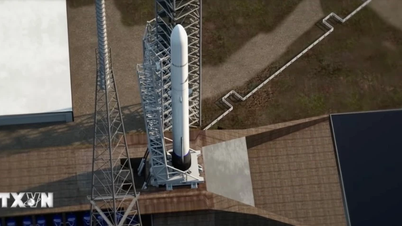



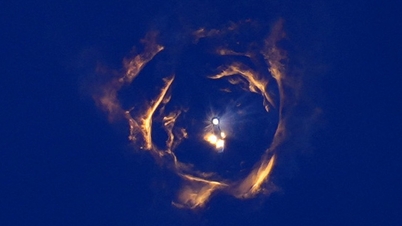
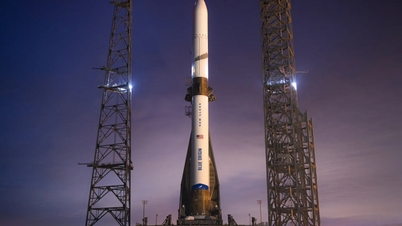

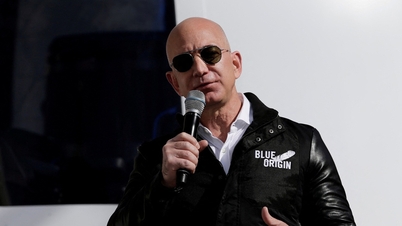

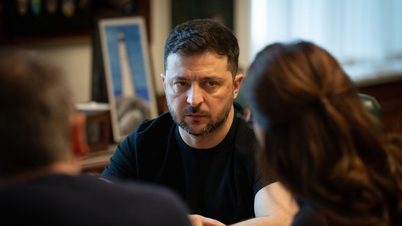




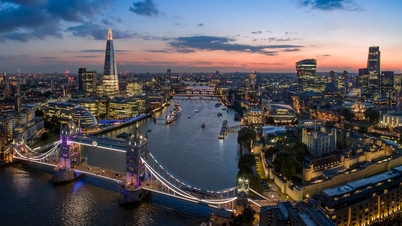





























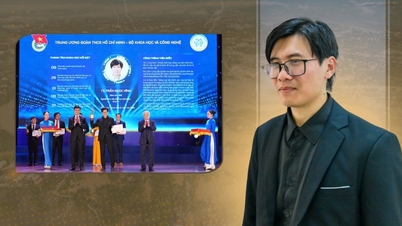



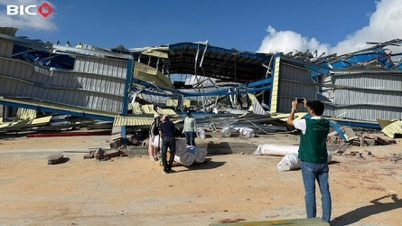

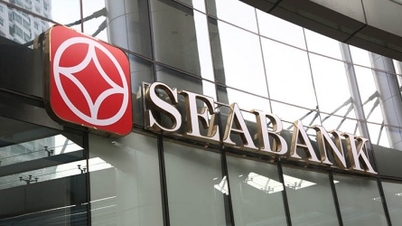
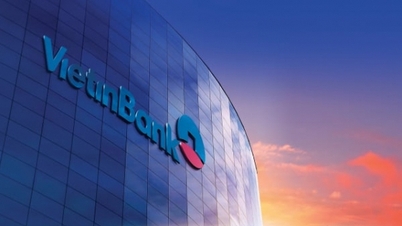









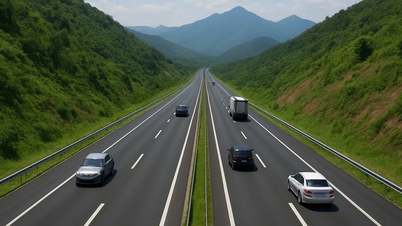

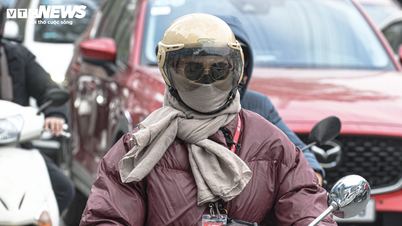


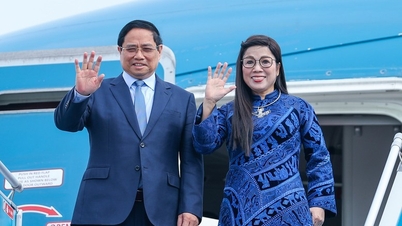






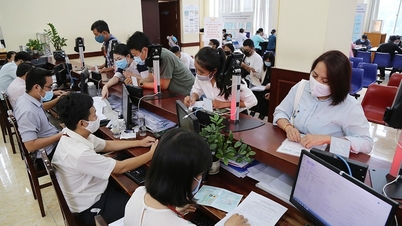



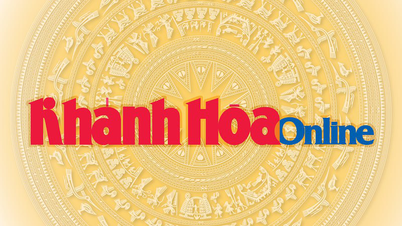






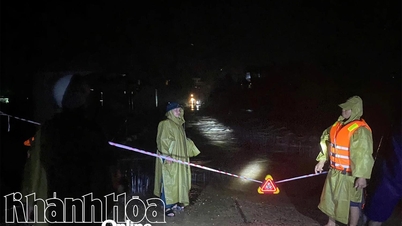













Comment (0)